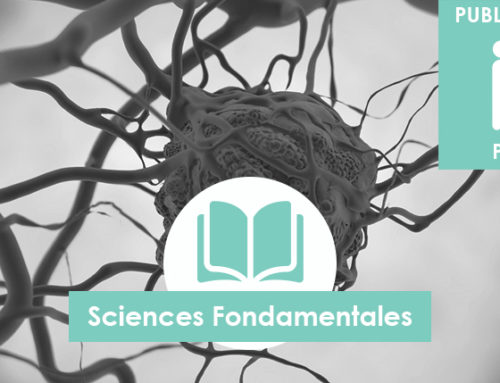The role of protein disulphide isomerase AGR2 in the tumour niche.
Biology of the cell, dec 2018
Delom F, Nazaraliyev A, Fessart D.
https://www.ncbi.nlm.nih.gov/pubmed/30238476
doi: 10.1111/boc.201800024
In recent years, the discovery of ‘tumour niche’, a microenvironment that favours tumour development has changed our perspective of cancer. This microenvironment generated by the tumour cells itself and surrounding cells is capable of providing essential elements for its growth. Consequently, the homoeostasis of the secretory pathway (SP) has become an essential player in cancer development. The SP not only promotes cellular adaptation to protein misfolding due to oncogenic transformation or challenging tumour niche but also allows tumour cells to produce specific secretomes. This impacts tumour cells in cis- or trans- as well as stromal cells in the tumour niche. In this context, the Anterior GRadient 2 (AGR2) protein has been identified as a key player. AGR2 is a protein disulphide isomerase that resides in the endoplasmic reticulum (ER) and mediates the formation of disulphide bonds, catalyses the cysteine-based redox reactions and assists the quality control of proteins. AGR2 not only plays an essential role in the homoeostasis of the SP but also exerts pro-oncogenic gain-of-function due to its reported mislocalisation in the tumour niche microenvironment. In this review, we summarise the dual role of AGR2, inside and outside the ER, on the tumour niche and its microenvironment.
© 2018 Société Française des Microscopies and Société de Biologie Cellulaire de France. Published by John Wiley & Sons Ltd.
KEYWORDS:
AGR2; Cancer; ER; Microenvironment; Secretome




